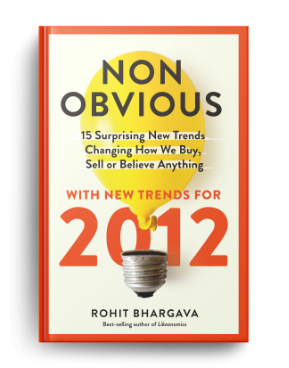Social Loneliness
With so many of our social interactions occurring online, many feel an increasing sense of loneliness in the real world.

About This Trend:
A groundbreaking study from Duke University in 2009 found that 25% of those surveyed said they have no one with whom they would discuss important matters. This number is three times as high as the number was in 1985.
The unfortunate truth is that social media may not be making us more social at all. The United Kingdom recently created a new position, Minister for Loneliness, after it was determined that nine million British people often or always feel lonely. Similarly, according to AARP’s Loneliness Study, 42.6 million adults over age 45 in the United States are estimated to be suffering from chronic loneliness.
John Cacioppo, the author of the book Loneliness and the director for the Center for Cognitive and Social Neuroscience at the University of Chicago, found that the greater the number of face-to-face interactions people have, the happier they are. But he says that the social networks can fight this epidemic if we change how we use them: “How we use these technologies can lead to more integration, rather than more isolation.”
Social Loneliness is about recognizing the harmful effects of depending on technology for social interactions and working to turn agents of isolation into agents that generate community and exchange.
Trend Longevity Rating
Relevant For:
Originally Published In:









